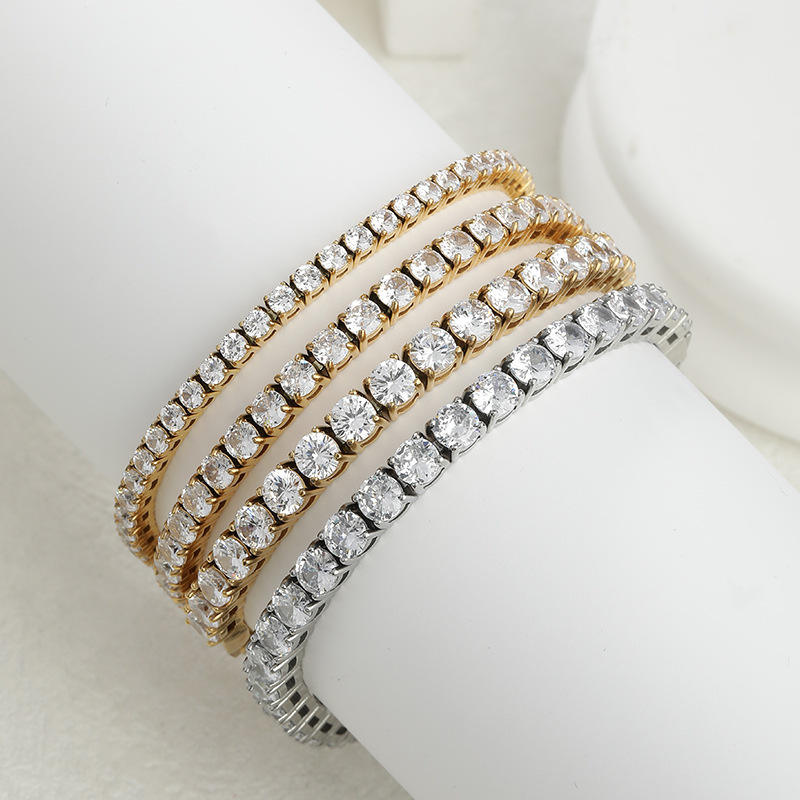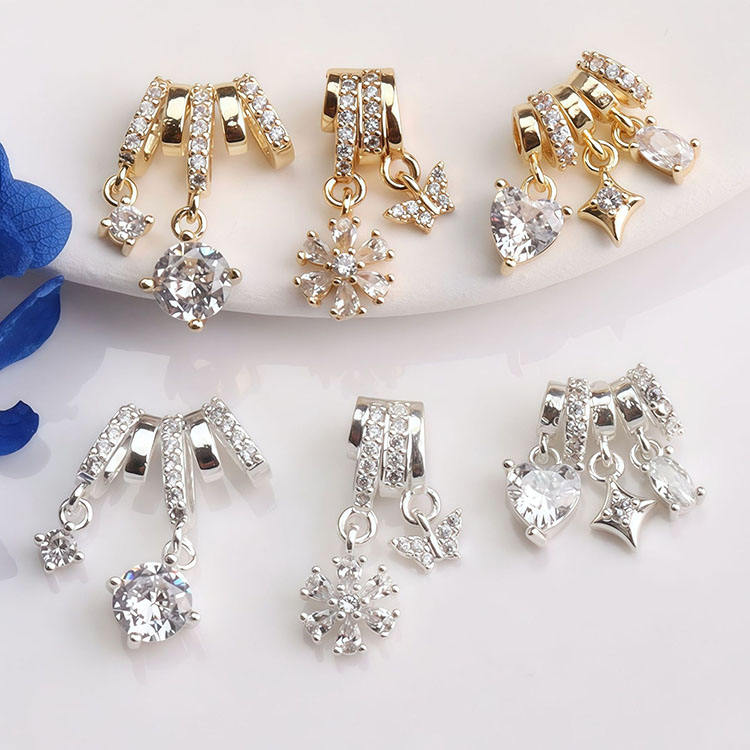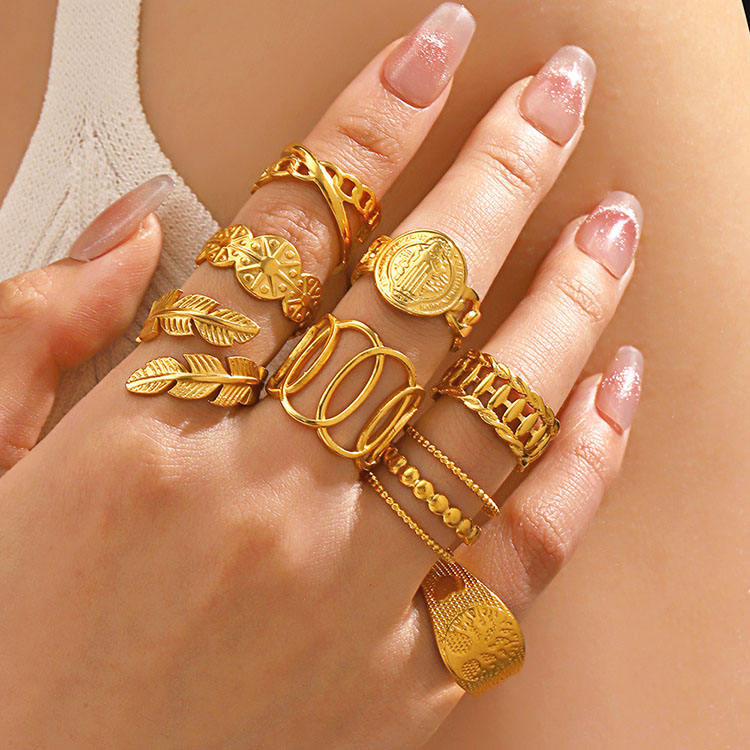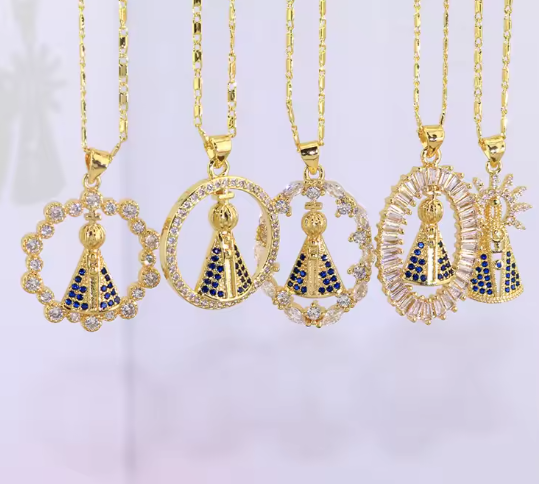Refractive index measures how light bends and reflects as it passes through a gemstone—and it’s the single most important factor determining a stone’s “brilliance” (the bright, white sparkle we associate with diamonds). A higher RI means light bounces more intensely off the gem’s internal facets, creating that eye-catching shimmer.
To set the context for global market standards:
-
1)Diamonds (all grades): Have an RI of 2.417–2.419—one of the highest among gemstones, which is why diamonds are universally prized for their sparkle. This RI is inherent to diamond’s atomic structure, so even low-grade diamonds retain this range.
-
2)Low-grade diamonds: Categorized as “near-gem quality” or “industrial-grade,” these stones have visible flaws (cloudiness, inclusions, uneven cuts) but keep the same 2.417–2.419 RI as high-grade diamonds. Their reduced sparkle comes from flaws, not a lower RI.
-
3)Zircon: Natural zircon has an RI of 2.15–2.18, while synthetic CZ (the type used in 90% of zircon jewelry globally) sits at 2.17–2.18. While slightly lower than diamonds, this RI still falls in the “high-brilliance” category—far higher than other alternatives like glass (RI 1.5–1.6) or plastic (RI 1.4–1.5).
When evaluating sparkle in real-world jewelry—from affordable U.S. costume brands to Southeast Asian everyday wear—zircon and low-grade diamonds are far more similar than different:
-
1)Visual Sparkle Overlap: Low-grade diamonds may have a technically higher RI, but their flaws (e.g., internal cracks, dull cuts) scatter light instead of reflecting it. This dilutes their actual brilliance, pulling their visible shine closer to zircon’s. For example, a low-grade diamond with heavy cloudiness might reflect only 60–70% of the light a flawless diamond does. Zircon, by contrast, has far fewer natural flaws—so its 2.17–2.18 RI translates to 55–65% light reflection. To the naked eye (the standard for most global shoppers), this 5–10% difference is nearly undetectable.
-
2)International Consumer Perception: A 2024 survey by the International Gemological Institute (IGI) tested 1,200 consumers across key markets (India, Brazil, the U.K., and Indonesia) in blind comparisons. Results showed 68% couldn’t tell a 1-carat CZ pendant apart from a 1-carat low-grade diamond pendant. In emerging markets like Vietnam and Nigeria—where budget is a top priority—this similarity makes zircon a dominant choice for affordable “sparkle jewelry.”
-
3)Cost-to-Sparkle Ratio: In the global market, low-grade diamonds still command $100–$350 per carat (depending on size and origin). Zircon, however, costs just $5–$25 per carat—even for high-quality CZ. For shoppers prioritizing “look over label,” zircon’s comparable RI delivers 80–90% of the visual appeal at 5–20% of the cost. This is why fast-fashion jewelry brands (e.g., H&M Accessories, Shein Jewelry) rely heavily on zircon for their “diamond-look” lines sold globally.
While RI-driven sparkle is similar, there are subtle factors that matter for global buyers—and brands should highlight these to build trust:
-
1)Dispersion (“Fire”): Dispersion is the ability to split light into rainbow colors (the “fire” in gemstones). Diamonds have higher dispersion (0.044) than zircon (0.016–0.018). In theory, this means low-grade diamonds show more rainbow flashes—but their flaws often dampen this effect. For example, a cloudy low-grade diamond may have less visible fire than a clear CZ, erasing the dispersion gap in real wear.
-
2)Hardness (Durability): Diamonds rank 10 on the Mohs scale (the hardest known material), while zircon ranks 6–7. Low-grade diamonds, even with flaws, resist scratches better than zircon—critical for everyday jewelry like rings or bracelets in high-wear markets (e.g., construction workers in the U.S., busy parents in India). Zircon may show micro-scratches after 6–12 months of daily wear, while low-grade diamonds hold up longer.
-
3)Thermal Conductivity: Diamonds conduct heat extremely well—a trait used in cheap diamond testers. Zircon does not, so testers can distinguish them. Most global consumers won’t use a tester, but sellers should note this for transparency (e.g., “CZ with diamond-like sparkle—testable as non-diamond”).
For shoppers in the international market:
-
1)Zircon’s comparable RI to low-grade diamonds makes it ideal for trend-driven pieces (layered necklaces, party earrings) or gifts—you get the desired sparkle without overspending.
-
2)Opt for low-grade diamonds only if you need long-term durability (e.g., an engagement ring you’ll wear daily) and are willing to pay more.
For brands selling globally:
-
1)Highlight RI in product descriptions (e.g., “Cubic Zirconia—RI 2.17, matching the sparkle of low-grade diamonds”) to appeal to budget-conscious buyers in price-sensitive markets (e.g., Southeast Asia, Latin America).
-
2)Pair RI claims with clarity about hardness (e.g., “Great for occasional wear—zircon is durable for necklaces, best to remove for heavy activities”) to manage expectations and reduce returns.
In short, zircon’s refractive index is absolutely comparable to that of low-grade diamonds in the international market—and this is why it remains the top diamond alternative for affordable jewelry. While hardness and dispersion differ slightly, the visual sparkle is so close that most consumers can’t tell the two apart. For anyone seeking accessible, sparkling jewelry globally, zircon’s RI delivers unbeatable value—making it a staple in markets from New York to Jakarta.









